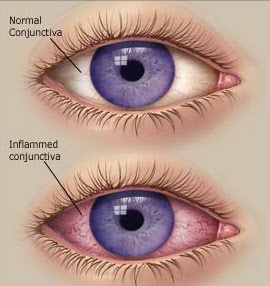Aspiration pneumonia is a lung infection that occurs when a person inhales unintentionally material from the nose, throat and stomach. What happens in the body? A person with aspiration pneumonia, substances from the stomach, throat, nose, or enter the respiratory tract and lungs. Often, chemical burn lungs, accompanied by inflammation, occurs within a few hours. This is known as "aspiration pneumonia". In addition, atmospheric material contaminated with bacteria that naturally inhabit the digestive tract. Pneumonia is a lung infection which may then develop in one or both lungs. Infection often occurs in the bottom of the lungs. What are the signs and symptoms of infection? shortness of breath, or
What are the causes and risks of infection? weak or very weak
fed by stomach tube or nasogastric tube or a tube placed in stomach surgery

on mechanical ventilation, artificial respiration or machine
What can I do to prevent infection? Conscientious care of health workers is crucial in promoting the prevention of aspiration pneumonia. Respiratory tract should always be open and stable people with changes in mental status or abnormal swallowing. Feeding and breathing tubes should be checked for correct positioning and operation. Avoiding alcohol will help prevent aspiration pneumonia. As the infection diagnosed? What measures oxygen and carbon dioxide in the blood
complete blood count, or that it was red and white blood cells, which checks for bacteria in the blood, which checks for bacteria in the material with light
The results of these tests help the doctor select the optimal treatment. What are the long-term consequences of infection? Life-threatening illness can result from aspiration pneumonia, including: that is order strattera collapsed or poorly inflated easily
lung abscess, or pus-filled cavity or infection in the membranes surrounding the lungs
What are the risks other? Aspiration pneumonia is not a direct risk to family members or others. However, a person can develop a serious infection if the condition is not effectively treated. This is a more serious infection can be very contagious. What are the treatments for infections? Oxygen therapy and antibiotic therapy is standard procedure. Antibiotics are given through a vein. Fan, or artificial breathing apparatus may be needed to keep airways open and provide oxygen. Trachea may need to suction secretions, and aspiration to clear particles from the respiratory tract. Preparations of the aerosol to open the airways may also be useful. What are the side effects of treatment? Antibiotics can cause stomach upset, and in some cases. Sometimes, the antibiotic can not cure pneumonia. Sometimes the fan actually increases the risk for aspiration pneumonia. What happens after treatment of infection? Antibacterial treatment is given for several weeks. Special procedures for breathing can be continued after discharge from hospital. As the infection monitored? And the best way to find out if aspiration pneumonia is cleared and response to drugs. >> << And blood tests may be repeated for verification. Any new or recurring symptoms should inform your doctor. .
No comments:
Post a Comment